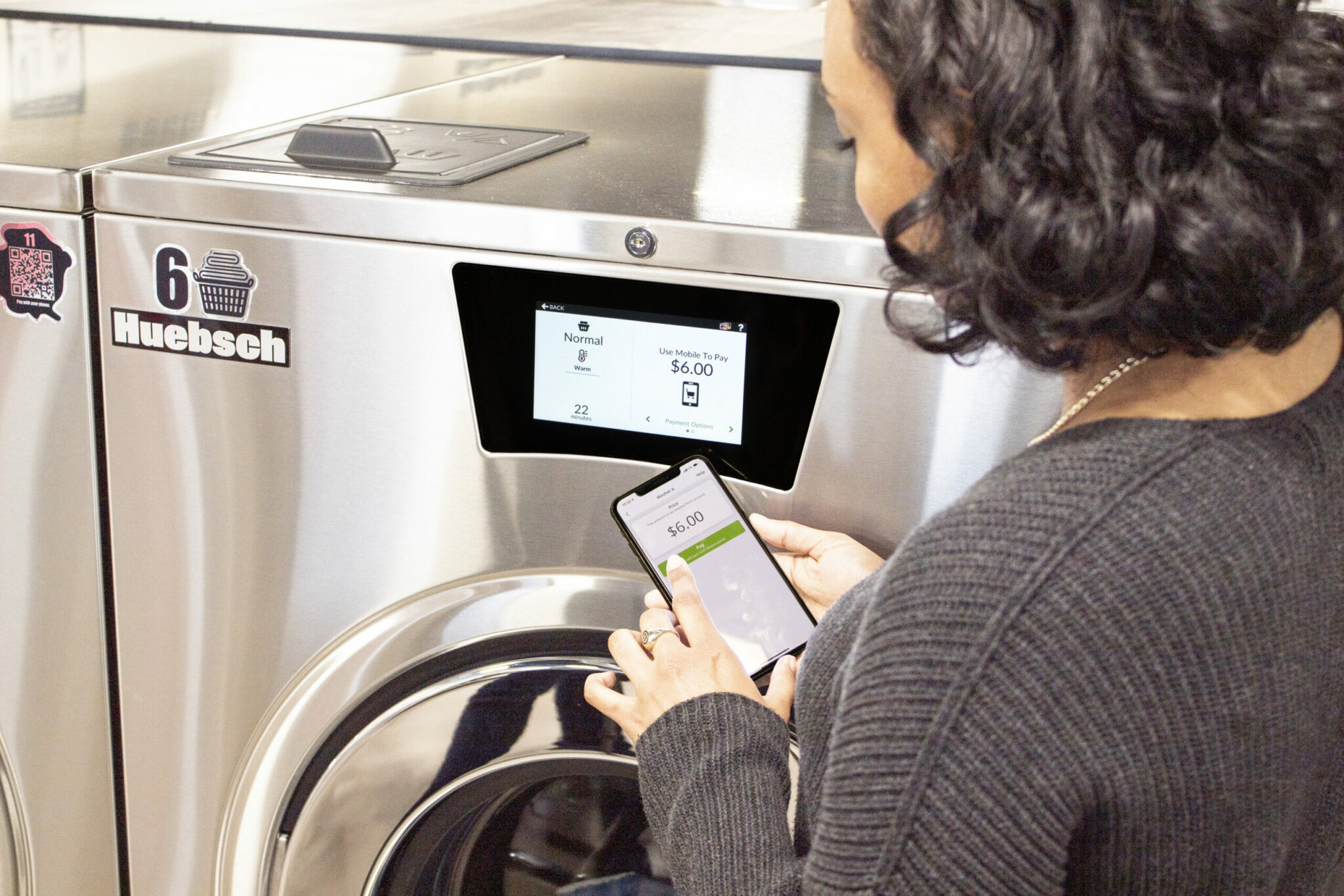
The best laundromats start with a plan, part 2
In our last blog post, we introduced the starting points to a solid business plan to make sure your laundromat business gets off on the right foot. Below, you’ll find the rest of our business plan tips. Missed part one? Click here to catch up before getting the rest of the story.
Market & Competitor Analysis
Market & Competitor Analysis Savvy business owners spend a significant amount of time digging into their industry and learning the ins and outs. Showcase your knowledge of the industry and competitors in the area. Give a basic overview of the market and define your target audience in this section.
A few things you might want to include:
- An overview of the laundry industry and future outlook. It is good to include statistics, charts and graphs in this section.
- Trends and innovations that are currently impacting the laundry industry, such as app-based payment systems, eco-friendly features and other laundry technology.
- A detailed description of your target audience and demographics. Are your laundromat location and services ideal for reaching this group?
- An evaluation of surrounding competitors. Consider a full SWOT analysis (strengths, weaknesses, opportunities, and threats) to help determine where your business both exceeds and has room to grow. Think beyond other laundromats and consider multi-housing laundry options, dry cleaners and full-service fluff-and-fold businesses that may also be capitalizing on your customer base.
- What commercial laundry equipment you’re using and why. What makes it a better fit than other key brands on the market? (You can learn more about what makes Huebsch commercial laundry equipment special here or see our video below.)
Organization and Management Team
This section is where you dive into your laundromat’s organizational structure and key players. Dive into putting people in the right roles as potential investors and business partners look to support your team.
Here are a few things to include in this section:
- An organizational chart with job descriptions and key employees. Who’s in charge? Who reports to who?
- Background and key details about the business owner(s), including what percentage of the laundromat you own, how involved you’ll be with the business and key skills and background information.
- Notes regarding any key business advisers — such as accountants, attorneys and laundry equipment distributors — that will guide you through the process of opening a laundromat.
- Any other potential roles you may need to fill.
Many laundromats are small, one-man operations starting out, and that’s OK. Use this section as a way to plan for future growth and what you’d like your laundromat to look like as it grows. It’s a great way to start thinking about skill gaps and potential future hires.
Marketing & Sales Plan
While word of mouth is a powerful marketing tool, your laundry business is likely going to need some additional marketing to be successful. This would outline how you plan to reach your target audiences.
Some potential ideas to include in this section:
- Describe your brand positioning and key message points. How do you want your laundry business to be perceived and how will you showcase that across your marketing efforts?
- Highlight your marketing goals and objectives.
- Develop a marketing budget and distribution plan (print, broadcast, digital, etc.)
Be sure you spend some time on this subject. Consider consulting with a marketing and branding agency to get you started on the right foot. You’ll also be referencing your marketing plan and budget in the financial section of your business plan, so don’t rush this part.
Financial Plan & Projections
This is where you lay out all financial aspects of your business — from your laundromat start-up costs and monthly ongoing expenses, to expected future business expenses such as upgrading your laundry equipment. This is an important step in securing financing for your laundromat and equipment and budgeting properly to set up for success.
The financial section should address:
- The costs needed to start your laundry business.
- A breakdown of ongoing business expenses, such as utility costs, salaries, insurance, marketing, etc.
- A forecast of future revenue and expenses, or projections, for the next few years.
- Other relevant financial information.
Now what?
Every coin-op laundry business is a little different, so every laundry business plan is going to be too. What’s important is taking the time to create one; having a solid foundation to start your business.
If you still have questions, our laundry experts are always willing to offer advice and insights to help you make your laundry business a success.



